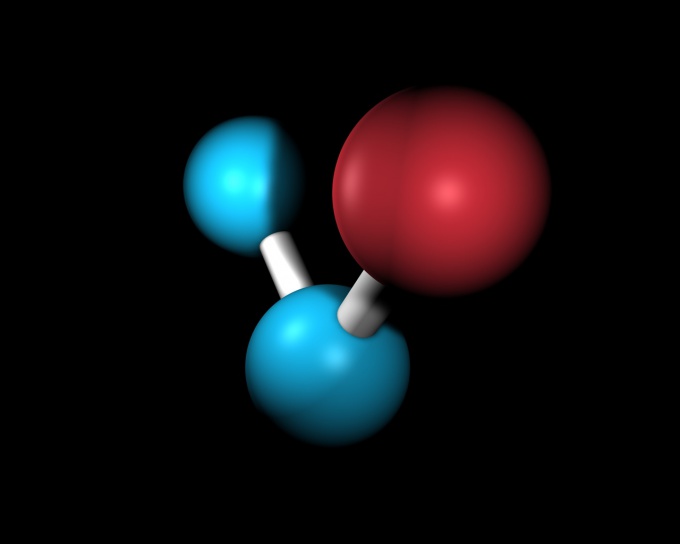You will need
- Atomic number, molecule
Instruction
1
If the atom is electrically neutral, the number of electrons equal to the number of protons. The number of protons corresponds to the atomic number of the element in the periodic table. For example, hydrogen has a first atomic number, so its atom has one electron. The atomic number of sodium is 11, so the sodium atom has 11 electrons.
2
The atom may also lose or attach electrons. In this case, the atom becomes an ion with a positive or negative electric charge. For example, one of the electrons of sodium left the electronic shell of the atom. Then, the sodium atom becomes a positively charged ion with charge +1 and 10 electrons in its electron shell. When joining the electrons , the atom becomes a negative ion.
3
The atoms of chemical elements may also be connected in a molecule, the smallest particle of matter. The number of electrons in the molecule is equal to the number of electrons of all its atoms. For example, a molecule of water H2O consists of two hydrogen atoms, each of which has one electron and oxygen atom which has 8 electrons. That is, in the molecule, and the water is only 10 electrons.
